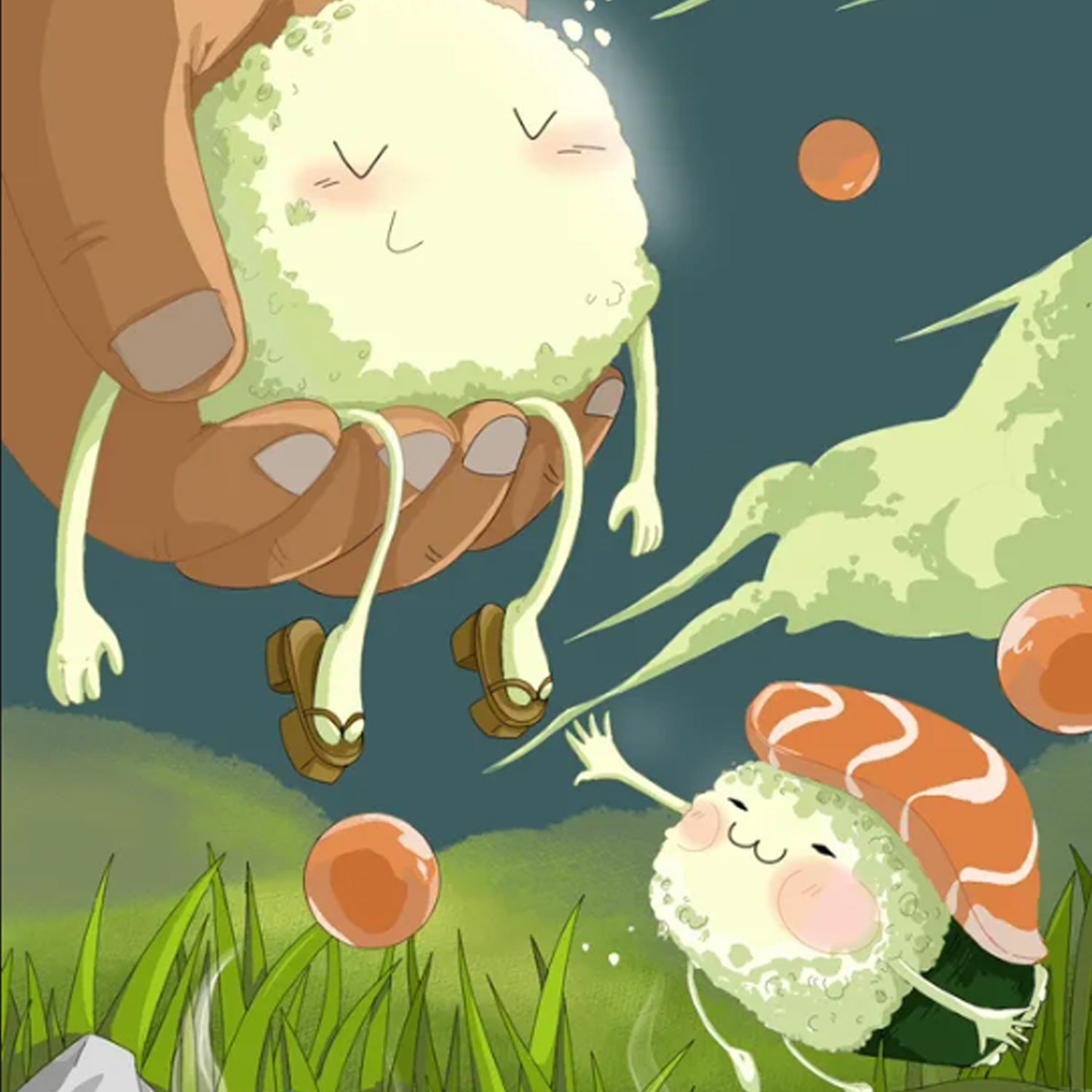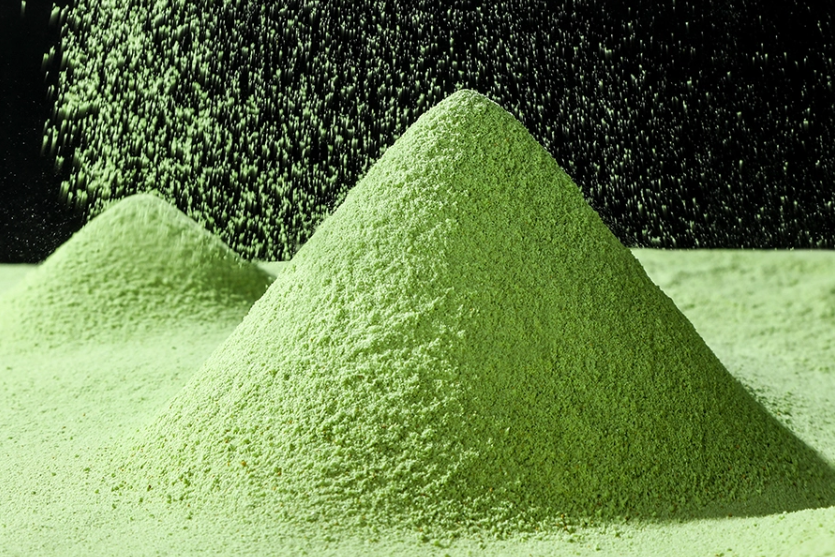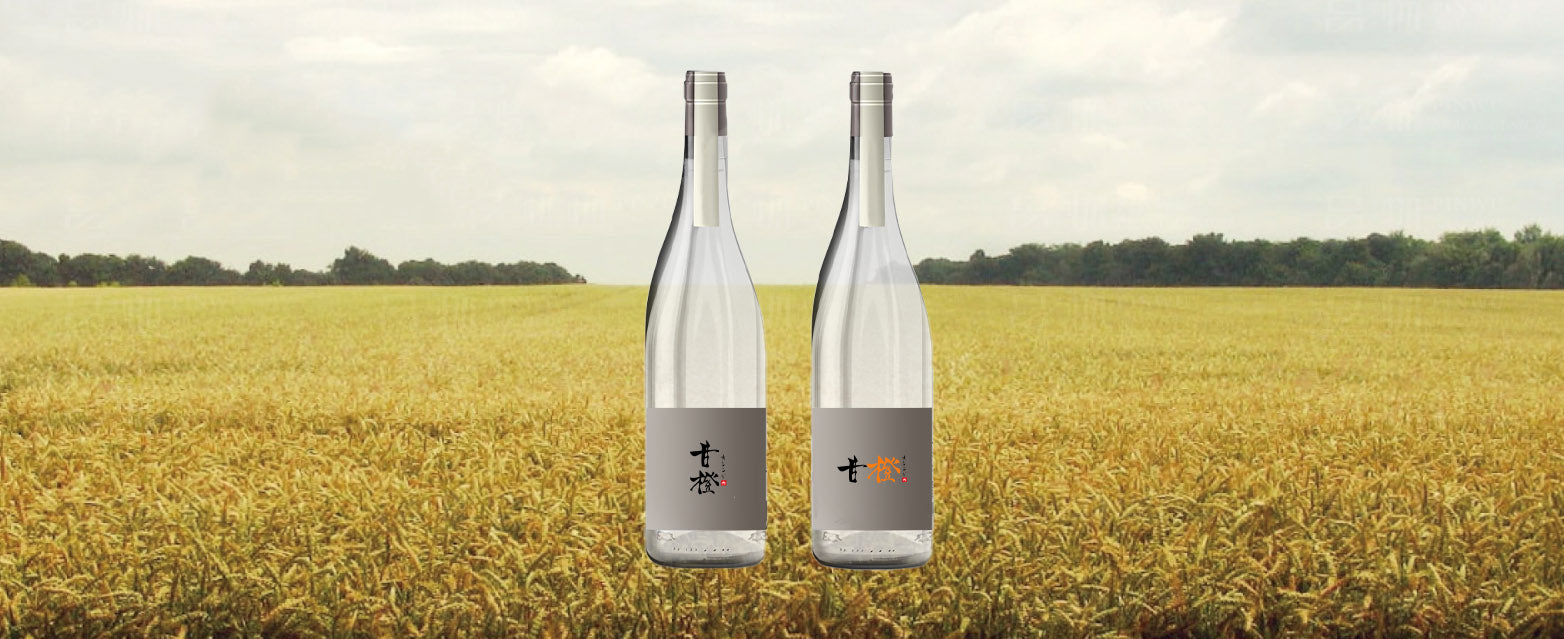What is Matcha ?
Matcha is a high-quality green tea ground into a powder form. Green tea powder is whipped in hot water, rather than steeped, to form a foamy drink. The meditative act of preparing, presenting, and drinking matcha is the backbone of the Japanese tea ceremony. While matcha's origins are ceremonial, powdered green tea is hugely popular around the world in beverages like milk tea and boba tea, and as a culinary ingredient in everything from ice cream to salad dressings.
Origins of Matcha
Before there were teapots for steeping tea leaves, the ancient Chinese custom was to grind the tea leaves into a powder and then whisk or beat the ground tea in a bowl of hot water. While the Chinese later abandoned "beaten tea" in favor of steeping tea leaves, the Japanese continued to popularize the method.
One of Japan's own Zen priests studying in Chinese Buddhist monasteries returned to Japan in the early 12th century with tea plant seeds and bushes. The young priest, named Eisai, used his experience in China growing and drinking "shaken tea" to popularize what he called "the way of tea" as a meditative ritual within his community of Japanese Buddhist monks. Over time, he spread the custom of drinking tea throughout the rest of Japan.
This ceremonial tea drink was fervently adopted by Japan's samurai class. Samurai were fearsome but cultured warriors and high-ranking members of Japanese caste society. The samurai identity was based on Zen Buddhism, practicing principles such as discipline, ritual, and purification. The samurai is said to have turned the Japanese tea ceremony into an art form and cultural tradition by adding hundreds of detailed steps to the practice, including specific hand movements, the proper layout of the tea room, and instructions on how to sit and how to get prepared. and drink the tea. It is also said that the tea ceremony was an integral part of samurai training, helping warriors hone their focus, concentration, and patience in preparation for battle.
The Japanese tea ceremony, still called The Way of Tea, is a revered practice in Japan and focuses on the art of preparing and presenting matcha in an almost meditative way. It originally developed as a spiritual practice, and the principles of the practice—harmony, respect, purity, and tranquility—remain central to the tea ceremony today.
How matcha is different
Matcha, like all true teas, comes from the leaves of the Camellia sinensis plant. The way the tea leaves are grown and processed is completely different from any other tea.
Shade-grown: All matcha is made from shade-grown tea leaves, a laborious process in which the tea bushes are shaded from the sun and light filters into the bushes in a highly controlled manner. Shading increases the production of chlorophyll in the plant, giving the leaves a deep green color. Lack of sun reduces photosynthesis in plant leaves, which in turn alters the natural levels of caffeine, flavanols, sugars, antioxidants, and theanine. By controlling sun exposure, tea growers can significantly alter the chemical composition and flavor of the final tea leaves.
Seasonal: Only the newest spring buds and three leaves of the shade-grown tea plants are hand-picked for matcha production. Therefore, the production window is very limited, which is one of the reasons why matcha is one of the most expensive teas.
Steamed: Like most Japanese teas, the tea leaves intended for matcha are first steamed. The leaves are briefly treated with steam heat within hours of plucking to stop the oxidation process and further bring out the rich green color of the shade-grown tea leaves. The steaming process creates a unique flavor profile that is often described as sweet and vegetal.
Stone Ground: Instead of being rolled, shaped and dried like traditional green tea leaves, the leaves intended for matcha are dried flat and become tencha, the leaves from which matcha is made. The tencha leaves are then stripped of their stems and veins. The remaining leaf material is ground in slow-turning stone mills, producing a smooth green tea powder.
Consumption vs. Extraction: Traditional tea leaves are steeped in hot water to extract the flavor and chemical properties of the tea leaves into a brewed tea that is sipped. Matcha green tea powder, however, is whipped in hot water and the ground tea leaf material, suspended in the water, is consumed with each sip.
Benefits
Numerous studies on green tea reveal a number of science-backed health benefits. While much of the research has been done with green tea, the benefits extend to matcha, as matcha is made from whole green tea leaves.
May help fight cancer
Green tea has long been studied as a cancer prevention tool. In an earlier study, women who drank more than 10 4-ounce servings of green tea a day developed cancer 7.3 years later than those who drank fewer than three 4-ounce servings a day.
Another older study among women with stage 1 and 2 breast cancer found that those who drank an average of eight cups of green tea per day had a lower risk of the cancer coming back and a longer disease-free period compared with those who consumed a daily average. of two cups.
May help prevent type diabetes
Some animal studies suggest that green tea may fight diabetes by helping the body release more insulin. Insulin is the hormone that helps move blood sugar into cells so it can be burned for energy. Green tea can also improve cells' response to insulin and lower blood sugar levels just as effectively as some medications. However, more human research is needed to further support these findings.
It can help fight depression.
A study among workers in Japan aged 20 to 68 found that compared to people who drank less than one cup of green tea per day, those who drank more than four cups of green tea per day were 51% less likely to of having depressive symptoms after the researchers accounted for other factors.
An earlier study from Japan found similar results for older adults. The researchers concluded that adults 70 and older who drank four or more cups of green tea per day also had a 44% decrease in depression symptoms compared to those who drank one cup or less per day.
May help protect brain function
An analysis of 36 studies found that green tea reduces the risk of cognitive disorders. These brain problems, which are more common after age 65, generally affect learning, memory, movement, language, attention, and problem solving. They range from mild cognitive impairment to disorders such as dementia, Parkinson's disease, and Alzheimer's disease. The data showed that the more green tea was consumed, the greater the protection against such disorders.
Research conducted in both animals and humans shows that green tea combats stress and, in turn, its negative effects on brain function and brain health. It also helps suppress brain aging.
May improve male fertility
Research in healthy Chinese men found that those who drank tea had a higher total sperm count and higher sperm concentration (fertility indicators) than those who never drank tea. The increase in sperm count was seen among men who drank tea at least three days a week.
After a review of previously published research, scientists noted that green tea contains high amounts of antioxidant polyphenols. These antioxidants counteract compounds that attack healthy cells, including those in testicular tissue. Green tea can also increase semen movement and survivability.
May help lower cholesterol
One research analysis concluded that, overall, green tea drinkers who are of a healthy weight had significantly lower levels of total cholesterol and LDL cholesterol. LDL is considered the "bad" cholesterol because it leads to a buildup of cholesterol in the arteries, which increases the risk of heart disease.
May lower blood pressure
Green tea consumption has been shown to significantly lower both systolic (the top number) and diastolic (the bottom number) blood pressure. The effects were even greater in people with existing high blood pressure or other risk factors for heart disease. The result is due in part to green tea's ability to relax blood vessels, which improves blood flow and reduces inflammation.
May protect bone health
Research in postmenopausal women in Korea found that those who did not consume green tea or consumed less than one cup daily for the past year were more likely to have reduced bone mass in the spine or thigh compared with those who drank green tea three times. times a day.
Other research shows that drinking tea is linked to a lower risk of osteoporosis. The effect is likely due to the antioxidants in the drink, which help prevent bone loss and improve bone formation.
Nutrition
Matcha is low in calories, macronutrients, vitamins, and minerals, but rich in a variety of antioxidants. One teaspoon of matcha powder (the amount used in many recipes to make a single matcha latte) provides:
- Calories: 7
- Carbohydrates: 0g
- Fat: 0g
- Protein: 0g
- Calcium: 6mg, 1% of the daily value
- Iron: .28mg, 1% of the daily value
A key aspect of its nutritional value, matcha's antioxidants support detoxification, reduce inflammation, and protect cells from damage that can lead to aging and disease.
Matcha generally has more caffeine content than green tea, similar caffeine to black tea, and less caffeine than brewed coffee. Because matcha is produced from shade-grown tea bushes, the tea leaves tend to retain more of their caffeine content. Also, since you are consuming the ground tea leaf when you drink matcha, you are ingesting more caffeine content than when extracting the steeped green or black tea leaves. However, like all caffeinated plant-based beverages, a specific level of caffeine per cup of matcha tea will depend on how the matcha was processed and prepared.
Matcha Storage
Matcha does not have a particularly long shelf life. Once opened, use within 2 months for best color and flavor. I recommend buying it in small quantities and keeping it in the fridge to preserve freshness.
Matcha Preparation
Matcha is brewed differently than a traditional tea and is very easy to make if you have the right tools.

- Bring 100 mg (about 1/3 cup) of filtered or spring water to a boil. Remove from heat and allow to cool for 2 to 3 minutes.
- Place 1/2 teaspoon of matcha powder in a small bowl. Add a splash of hot water and mix with a bamboo whisk to form a smooth paste.
- Add the remaining water to the bowl and stir with the bamboo whisk, moving the whisk back and forth, until the matcha is incorporated and you get a fine frothy foam on top.
- Enjoyment.
Tips:
- If you don't have a bamboo whisk, use a spoon or small wire whisk; you just won't get much of the frothy texture that traditionally prepared matcha is known for.
- Don't be tempted to pour boiling water over the matcha; you will burn the ground tea powder and it will become bitter and astringent.
- Use 1/4 cup of water for a thicker matcha or 1/2 cup of water for a thinner version.
- Replace the water with your favorite milk (regular, coconut, almond, soy) for a latte.
- Pour freshly brewed matcha over a glass filled with ice for an iced tea version.
- If you make matcha frequently, I recommend investing in a bamboo whisk. Its special design breaks up clumps and creates a frothy layer of foam on top of the tea.
- The herbaceous and umami taste of matcha can be an acquired taste. If you're new to this, feel free to add a few drops of maple syrup or honey. You can also sweeten your tea if your matcha powder is particularly bitter.







Leave a comment
All comments are moderated before being published.
This site is protected by hCaptcha and the hCaptcha Privacy Policy and Terms of Service apply.